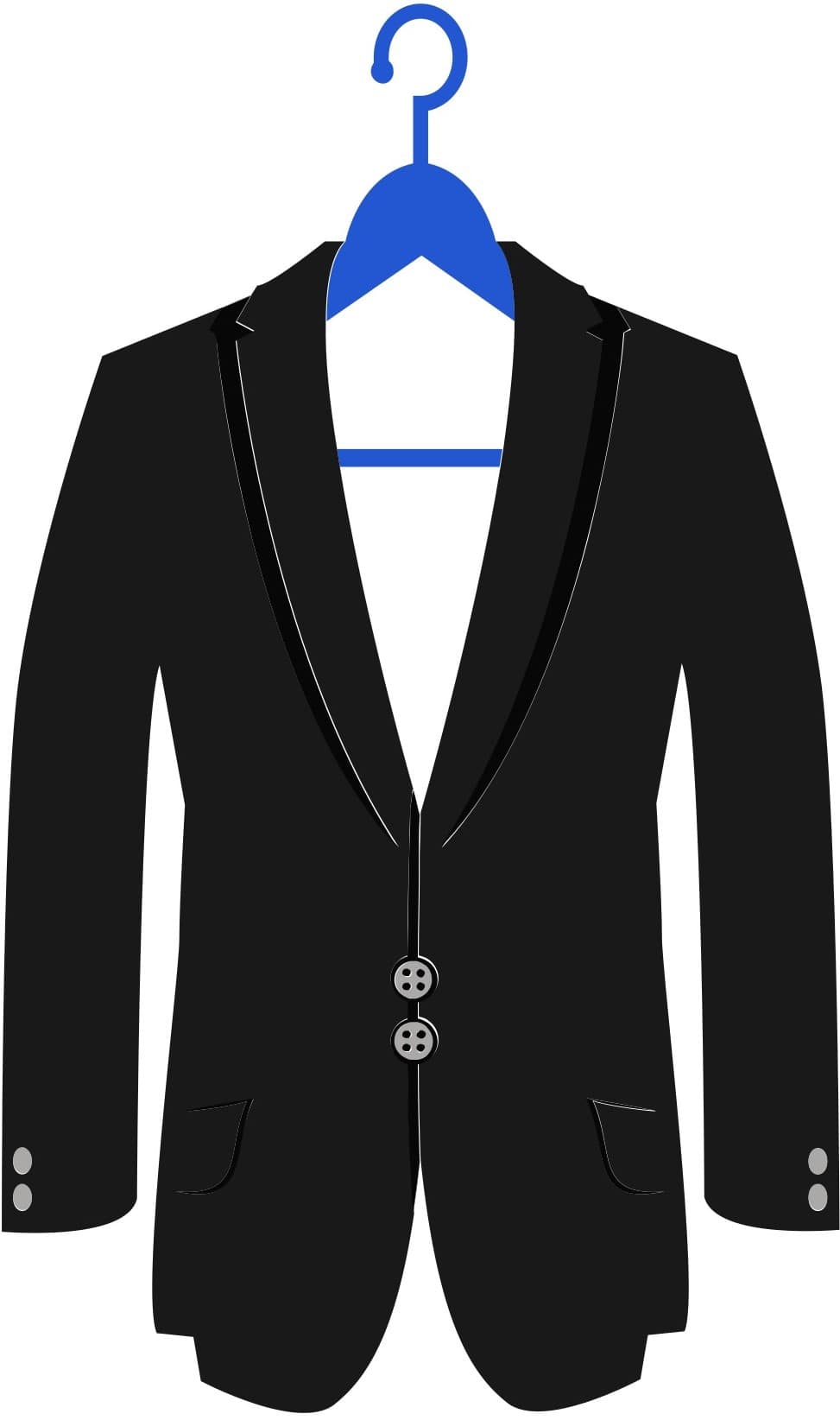Maintaining a stylish and well-kept wardrobe is essential to our daily lives. Our clothes cover us, reflect our personalities, and make us confident. Before ending up in your wardrobe, your clothes go through numerous processes, including producing legal materials, creating designs, and making the clothes.
However, normal wear and tear is part of the life of your clothes. Some garments are of significant importance to use, whether you received the clothing item as a gift or wore it on a special occasion. Effective cleaning is part of caring for your garments and ensuring an increased lifespan. For this reason, you must cautiously choose the dry cleaner where you take your clothes.
The life of a garment is lengthy and can take the following steps:
Designing the Clothing Item
When designing a garment, the designer determines the fabrics and desired colors. If the designer is not careful about the type of material they choose, the garment's production process will be significantly impacted.
Production of Raw Materials
Different materials are used to make clothing. Cotton is a common raw material and is grown from plants. Therefore, before you wear your clothing, a plant is cultivated and harvested to make the fabric.
When the raw materials reach the factory, they are woven into fabric that can later be used to make clothes. Converting raw materials into fabric is complex and can determine the quality and lifespan of your clothes.
Cloth Purification and Pre-finishing
After cotton and other raw materials have been woven into cloth, they are shipped to textile factories for finishing. Different finishing techniques are used to achieve the desired quality and texture of the fabric. This makes the materials more useful and appealing for garments.
The process of purifying the cloth includes:
- Signing. This involves applying heat to the unfinished cloth to make it smoother by burning excessive fabric.
- Desizing. Sometimes, cloth arrives in large sizes at textile factories. Enzymes and acids break down these materials into smaller, usable pieces.
- Bleaching. Bleach is used on the cloth to achieve the pure white fabric color.
- Dying. Depending on the desired color of the final product, the cloth is dyed into different shades.
The clothing material undergoes different chemical and mechanical procedures to achieve the desired texture and properties. When the cloth is finished to its specifications, it is shipped to garment factories to continue production.
Making the Garments
Although some companies have integrated cloth spinning and garment making in the same factory, garment making is done in factories worldwide. With input from design teams, the factories determine the proper cuts, sizing, and colors of different clothing items.
Some workers cut the material into different sizes and shapes before passing it to the next worker for sewing. After sewing, the garments are returned for another cleaning, pressing, and finishing round before packaging.
Shipping the Clothes
When garments are packaged and distributed worldwide, your clothing comes to your closet. The clothes may leave the producer for a distribution warehouse or go directly to a retailer. Eventually, they end up at the storefront, where you frequent and can choose what you desire.
Wearing and Washing
The life of a garment before it reaches your closet is mostly focused on making the cloth of the desired quality and color. However, when the cloth reaches you, you can increase or reduce its lifespan. Wearing and washing your garments play a significant role in their life cycle.
After wearing your garment to that special event, you want to retain its texture and glamor. However, washing the cloth can keep or destroy the desired look. Depending on your preference and situation, you could clean your clothes by hand or dry cleaning.
For some clothing items, there is a clear indication of the type of cleaning necessary to avoid damaging the cloth. After cleaning and pressing the clothes, you expect them to restore their appearance.
Dry cleaning is recommended for delicate clothing like wool, cashmere, and silk, which can be damaged when washed in water. Some of the advantages you enjoy from dry cleaning your garments include:
- Proper stain removal. Dry cleaners use effective techniques and special solvents to remove stains from different fabric types.
- Color and texture preservation. Sometimes, your choice of clothing at a store is based on its appearance, texture, and color. Therefore, you want to maintain those aspects after the first wash. Dry cleaning will protect your clothes from premature aging by maintaining their original color and texture.
- Gentle cleaning. Dry cleaning is a gentle process, unlike traditional laundering methods. This ensures that your clothes do not wear and tear during cleaning.
- Dry cleaning prevents garment shrinkage. It eliminates the need to use water to clean clothes, reducing the risk of shrinkage, a common problem with traditional cleaning.
Disposal
The last stage in the life of a garment is its disposal. You can dispose of clothing items due to various factors, including shrinkage, wear and tear, or changes in texture and color. Some clothing items are special to you, and you want to keep them as long as possible. Therefore, you must handle them carefully to increase their lifespan.
Find Reliable Boca Raton Dry Cleaning Services Near Me
A lot goes into your clothes before you purchase them from the store and wear them on that special occasion. Often, your garment will have lived a full life before you ever put it on. However, you can either improve or reduce the lifespan of a clothing item when it reaches your wardrobe. This is determined by how you treat it through washing, ironing, and maintenance.
Hiring the right dry cleaning services ensures that your clothes are properly handled and cleaned to increase their longevity. At Boca Best Cleaners, we carefully inspect each clothing item before using a customized solution to keep it in the best condition while improving its lifespan. Contact us at 561-613-0352 from any location in Florida to discuss the pick-up or drop-off of your laundry.







